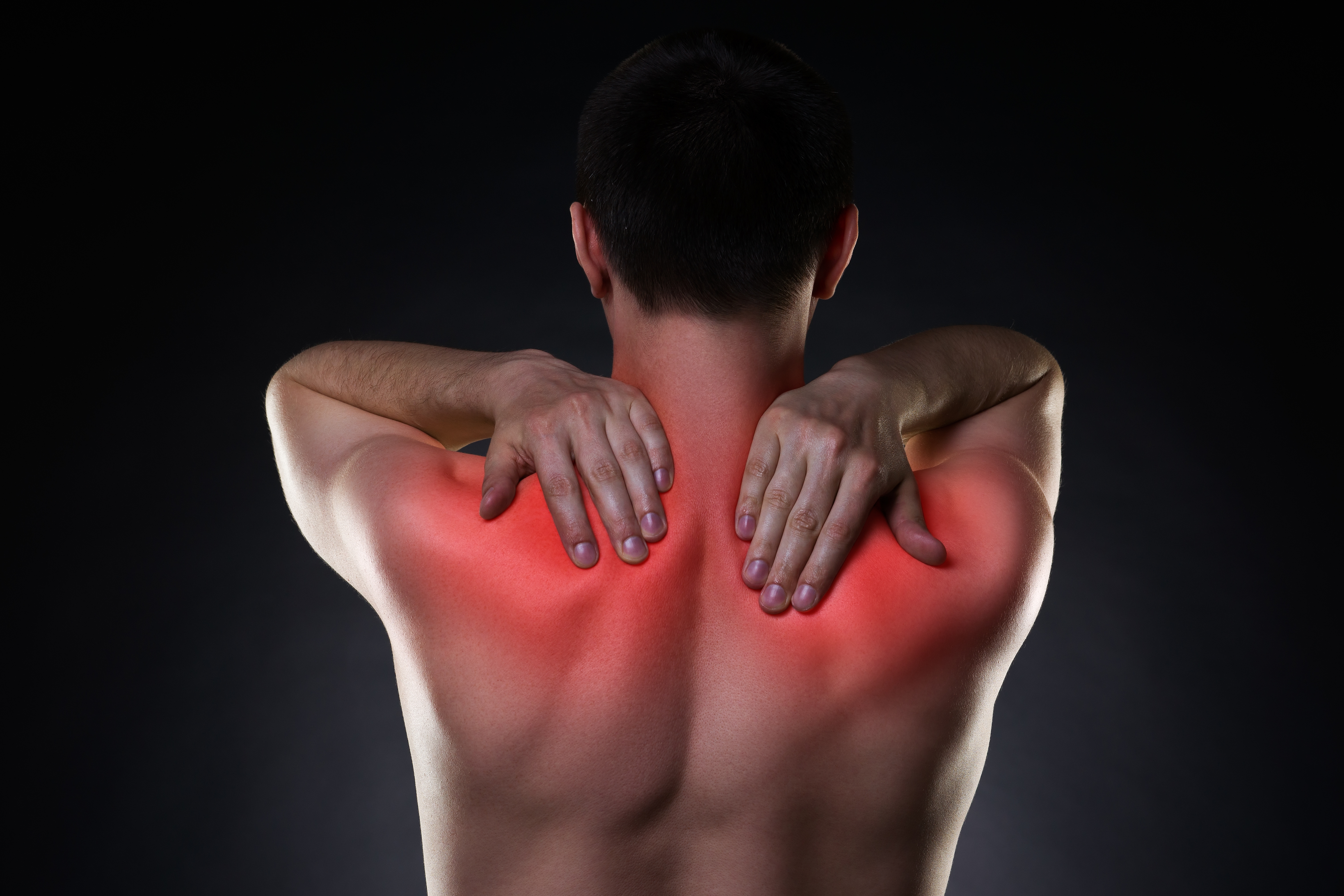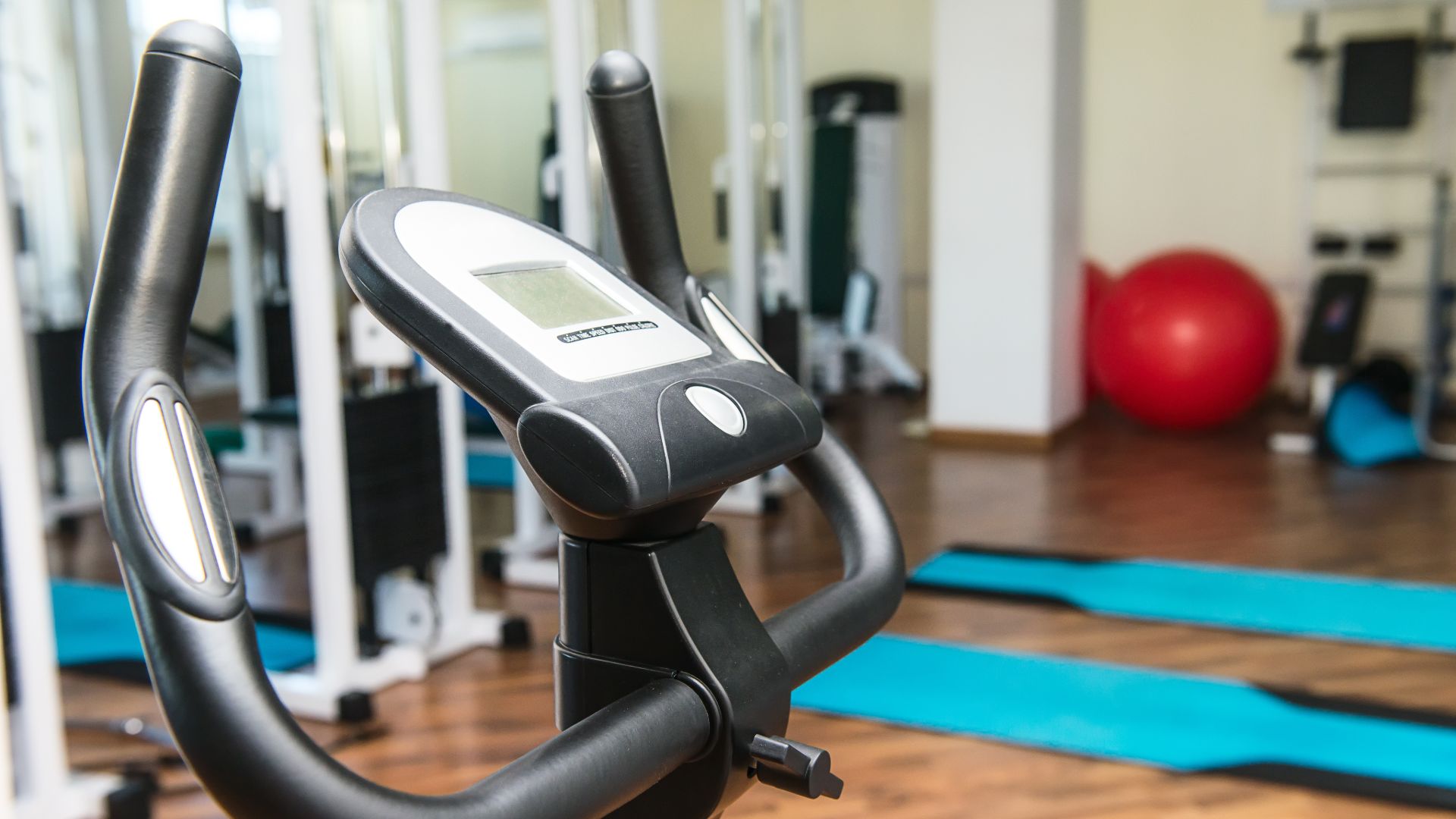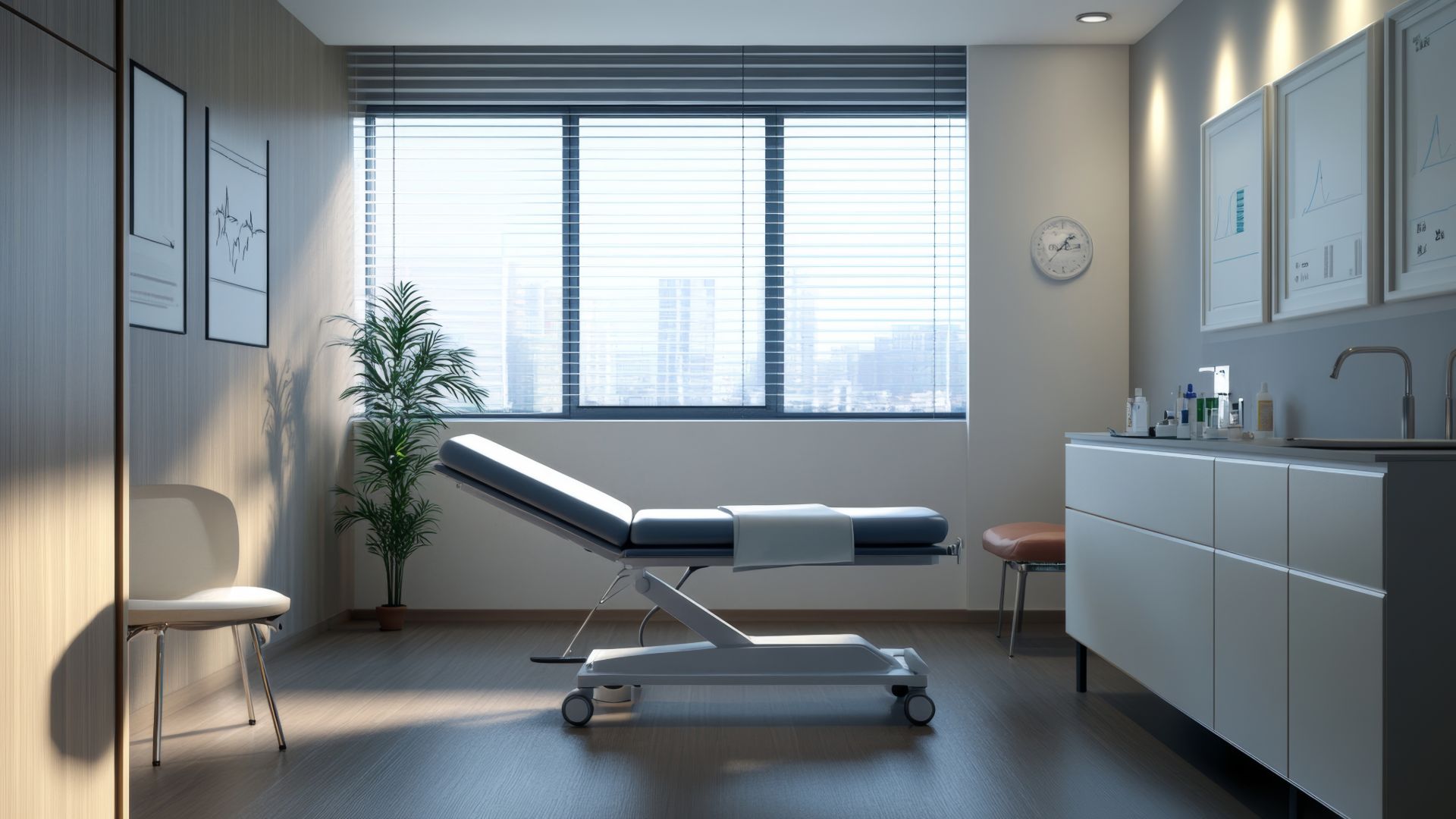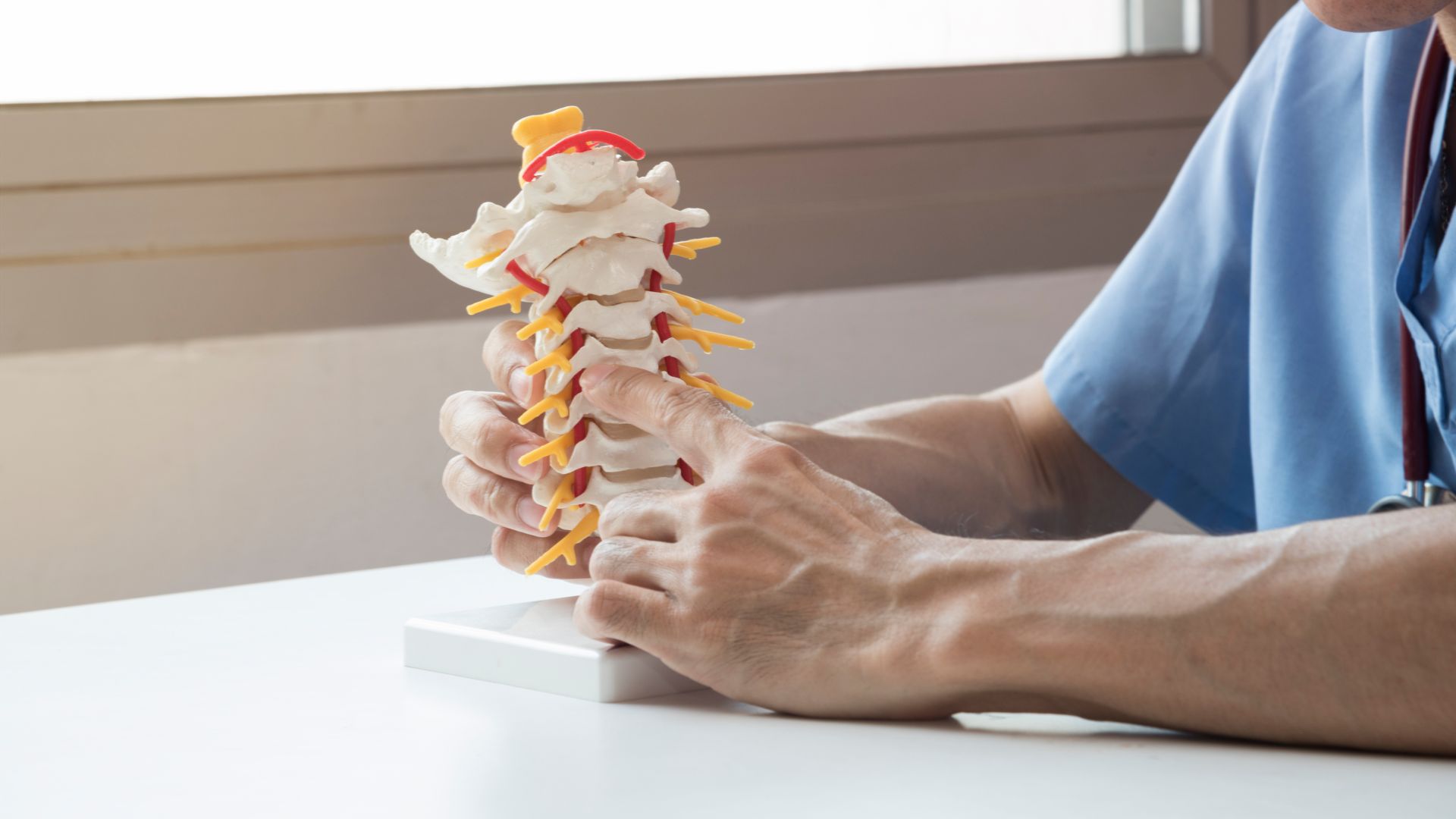Pain in the thoracic spine is known as thoracic back pain. The thoracic spine is found largely between the shoulder blades at the rear of the chest (the thorax). It runs from the neck to the beginning of the lumbar spine, roughly at the waist level.
Who gets thoracic spine pain?
The results of surveys to determine how many persons suffer from thoracic spine discomfort are highly variable. When asked if they’ve ever had thoracic spine pain, one survey found 4 out of 100 persons had it, while another found 72 out of 100 people had it. It appears to be more prevalent among children and teenagers, particularly females. Backpack use, the height of school chairs, and homework issues were all mentioned as causes of thoracic back pain. Mental health issues appeared to be a contributing element. It also seemed to be widespread during the transition from early adolescent to late adolescence. Adults with thoracic back pain frequently have aches and pains throughout their bodies, as well as difficulty doing daily duties.
Thoracic back pain symptoms
Pain in the thoracic spine is common, short-lived, and of minor concern. It is, however, more likely than neck or low back discomfort to have a significant underlying cause.
Thoracic back pain red flags
These are the warning signs to check for if you have thoracic spine pain:
- A serious injury that occurred recently, such as a vehicle accident or a fall from a great height.
- In people with ‘thinning’ of the bones, a minor injury or even heavy lifting might cause bone thinning (osteoporosis).
- When the pain initially begins, you may be under the age of 20 or over the age of 50.
- A history of cancer, drug abuse, HIV infection, an immune-suppressing illness (immune suppression), and long-term use of drugs (about six months or more).
- Feeling unwell in general, such as a high temperature (fever), chills, or unexplained weight loss.
- A recent infection by a germ (bacterial infection).
- Pain that is constant, severe, and increasing in intensity.
- After 2-4 weeks of treatment, the pain does not improve.
- In the morning, there is a lot of pain and stiffness.
- Changes in the spine’s form, such as lumps or bumps appearing.
- Pins and needles, numbness, or weakness in the legs that persists or worsens.
- Inadvertently passing wee or poo (can show pressure on the spinal cord).
What are the causes of thoracic back pain?
Inflammation of the thoracic spine’s muscles or soft tissues is the most common cause of thoracic back pain. Inflammation can occur for a variety of reasons, including:
- A sprain or strain that occurs suddenly (as in car accidents or sports injuries).
- Over time, sitting or standing in a slouched position.
- The use of a backpack
- Sitting at a computer for an extended period of time.
- Muscle insufficiency
- Overuse injury occurs when a movement involving the thoracic region of the spine is executed frequently (as in sports or at work).
The following are some of the less common causes:
- Narrowing of part of the spine (thoracic stenosis) – Usually because of normal wear and tear.
- Slipped discs are frequent, however they only produce pain in a small percentage of cases.
- Vertebral fractures are a common occurrence (the bony components that make up the spine).
- Osteoporosis.
- Spinal infection.
- Shingles (especially in people aged over 60 years).
- Spinal osteoarthritis.
- Ankylosing spondylitis – The joints between the vertebrae are inflamed.
- Scheuermann’s disease – a condition in which the joints of the spine become inflamed, resulting in spinal curvature.
- Spinal tumours.
It’s a common misconception that all discomfort in the thoracic spine stems from the spine itself. Problems with the lung, the upper part of the intestines (the oesophagus), the stomach, the gallbladder, and the pancreas can all cause pain in this area.
Will I need any tests?
If the pain is mild and has an obvious cause (for example, it started after you took part in a tug-of-war competition), your doctor will probably recommend treatment before ordering testing.
Because back pain in the thoracic region, rather than the neck or lower back, is more likely to be serious, your doctor is likely to recommend tests if the pain persists, is severe, or is accompanied by any of the ‘red flag’ symptoms listed in the Symptoms section.
The tests will be determined by the conditions the doctor wishes to rule out. Blood tests such as a full blood count and inflammatory markers, as well as a magnetic resonance imaging (MRI) scan, are likely to be included. An ordinary ‘plain’ X-ray won’t tell you much unless your spine has an odd look if a fracture is detected.
For detailed advice on Thoracic pain, please contact Simply Align Rehab Physio in Scarborough/Toronto at simplyalignrehab.com, or phone or text us at (416) 628-8554 for your Physiotherapy or Chiropractor needs in Toronto.




